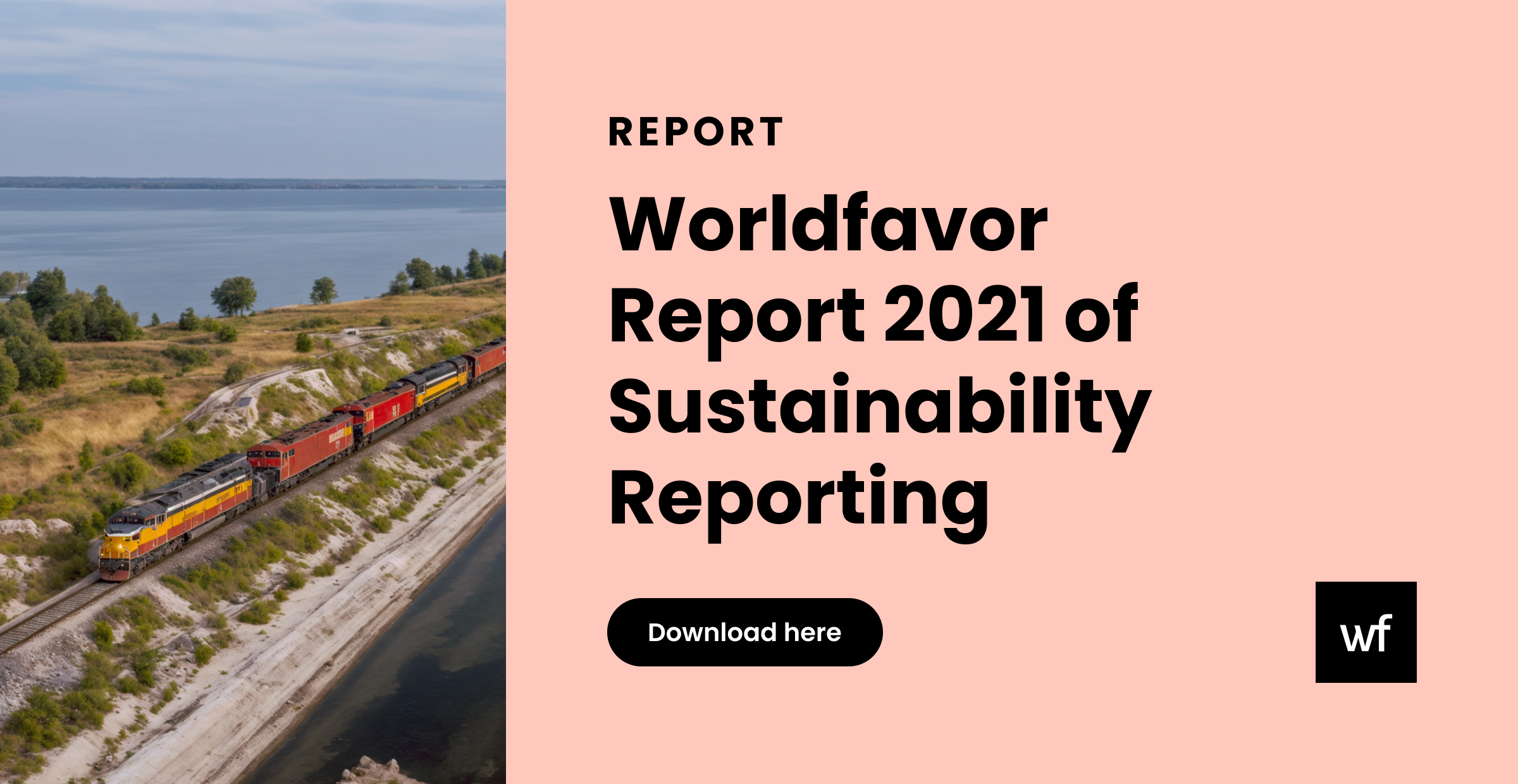Why you should switch from spreadsheets to sustainable sourcing software

Excel has been in circulation since the early Nineties. Many still use it to track and compare companies in their supply chain, but it’s no longer meeting requirements. New software solutions are making the cornerstone of the Microsoft Office Suite redundant. As the title suggests, this blog post is all about why companies should stop using spreadsheets when working with supply chain sustainability. This subject will resonate with sustainability managers and/or someone who is responsible for the supply chain sustainability at a medium-sized enterprise or larger. If that sounds like you, read on.
According to a 2018 survey for Supply Chain 24/7 by Supply Chain Insights, 65% of companies are still using spreadsheets in planning their supply chain process. While they are familiar, inexpensive, and convenient to use, relying on spreadsheets can pose serious setbacks for organizations looking for more nuanced and reliable ways to manage sourcing data.
A recent report by Worldfavor also shows that 6 out of 8 of those who use a spreadsheet for their sustainability reporting find the entire reporting process inefficient.
Lack of transparency and multi-tier mapping
A significant downside to spreadsheets is that, even after initial setup, it can take a significant amount of time to use and maintain them. Adding new data requires concentration and that means work hours. The larger and more complex a spreadsheet is, the more hands-on time you need to update, run and maintain it. What’s more, when you factor in multi-tier mapping, tracking, and reporting, with multiple frameworks and recommendations, it basically becomes a full-time job. Then, there’s transparency. Ensuring reliable and transparent sustainability data becomes far from straightforward when you are entering all the information manually.
The case for sustainable sourcing software
Many companies start with an Excel-based assessment for supply chain data collection when examining ways to achieve their responsible sourcing goals. However, in the long run, it’s better to go straight for a dedicated sustainability sourcing software with automatic data collection.
Wouldn’t it be great to have all the data you receive automatically compiled and presented to you in clear analytics based on your own rules and deadlines? And you are notified on deviations and be able to analyze results on an aggregated level, with the possibility of going deep into the details of each entity’s data when needed?
Sustainable sourcing software like ours minimizes the admin load related to data compilation during this task – which conveniently frees up your time for the actual strategy and progress. Sustainable sourcing is a complete solution for multi-tier supply chain mapping, data collection, assessment, and analysis of sustainability and compliance criteria within your company’s value chain – making the process fully digital and as automated as possible. Sustainable sourcing software works just as well for assessing external partners, such as suppliers or holdings, as for internal units such as offices or projects.
Why you should us sustainable sourcing software:
-
Get proactive: Collect supplier data and build resilience
-
Mitigate risk: Know supply chain risks and impact
-
Boost supplier relationships: Empower suppliers and improve your relationship
Whether you love Excel or not, there are better ways to manage sustainable sourcing in the twenty-first century. So skip the burden of managing data from multiple suppliers at multiple tiers of the supply chain and gain true visibility. Want to start using a sustainable sourcing software for your company? Book a demo with one of our experts now to get started!
Related blog posts you might like:







%20as%20the%20deadline%20approaches.%20Learn%20about%20compliance%20requirements%2c%20potential%20delays%2c%20and%20key%20updates..png)

